There is a railroad worker in my husband’s family history. Edward Roesner, Joe’s grandfather, worked for the railroad for 46 years, first as a brakeman and later as a crossing watchman. The postcard shown here is dated 2 April 1914 and shows Edward standing at the far left. Edward identified the New York Central steam locomotive as engine LS & MS 5054. LS & MS stood for Lake Shore and Michigan Southern Railroad, formed in 1869 and absorbed into the New York Central line in 1914. Edward wrote the names of his railroad crew on the card. Left to right: Ed Roesner, brakeman; Red Bullio, conductor; Clarence Bell, fireman; Mac Bell, engineer; Gahagan and Demoss, both fireman.
Ed was born and raised in Van Wert, Ohio, and moved to Celina later in life. He lost most of his right arm in a railroad accident when he was a young man. Several years ago I ordered information about Edward’s railroad employment from the United States Railroad Retirement Board in Chicago. The following is information from that packet.
The Railroad Retirement Board records gave Edward’s date of birth and the names of his parents. Edward was born in Van Wert, Ohio, on 29 November 1893. He submitted his baptismal certificate to verify his date and place of birth. He submitted this in 1939. Unfortunately, a copy of that certificate was not included in the packet. Ed gave his father’s name as Heinrich Dietrich “Richard” Roesner and his mother as Jane Christine Schorr, which gave me new versions of their names to work with.
According to the records in the file Ed worked as a carpenter, building bridges for the Cincinnati Northern Railroad from May 1912-December 1912. He was a brakeman for the Cincinnati Northern Railroad from May 1913-Dec 1916. From December 1916-April 1917 he was a brakeman for the Nickel Plate Railroad at Fort Wayne, Indiana, and in April 1917 he was again employed by the Cincinnati Northern Railroad. His work records stopped at that time and he resumed work on October 1924 as a crossing watchman for Cincinnati Northern. His yearly wage as a crossing watchman for Cincinnati Northern ranged from $1127.67 in 1924 to $876 in 1931.
In January of 1953 Edward applied for an employee annuity under the Railroad Retirement Act. At that time he was employed by the New York Central Railroad, the Ohio Division at Winchester, Indiana. He had been a crossing watchman there from December 1950-May 1952. He received $300/month and only worked the first five months of 1952. He applied for an annuity that would begin before he reached age 65. He stated that he was totally and permanently disabled from both his regular occupation and from regular employment. His conditions were listed as arthritis, rheumatism, neuritis, and asthma. He stated that he had been employed as a crossing watchman for the last 15 years. He also stated that he was married to Helen Goldie Lee and his address was given as Route #2, Delphos, Ohio. Their marriage date of 18 July 1921, by W.F. Henkel of the Lutheran Church, Van Wert, Ohio, had been verified by their original marriage certificate, a copy of which was not included in the file I received.
At the request of the Railroad Retirement Board, he had a physical examination in January 1953. The results of that examination: He was age 59, weighed 128 pounds, appearance and nutrition fair, gait was ok, carriage normal, and muscular development fair. His blood pressure was 154/90, pulse 100, and respiration 20. There was no evidence of impaired vision or hearing. There was however evidence of cardiovascular disease. He had dyspnea [shortness of breath] and his lungs showed characteristics of bronchitis. There was evidence of disease or injury to his lumbar spine and he had arthritis in some of his joints. His diagnosis was bronchitis, asthma, arthritis, and arteriosclerosis. No other medical problems were indicated, but they noted that his right arm was amputated two inches above the elbow. On 27 April 1953 Edward was awarded a full annuity, effective from 18 January 1953. He returned to work 2 June 1955. Edward passed away 22 December 1957. There was a copy of his death certificate in the file.
A copy of Helen’s Application for a Widow’s Insurance Annuity was included in the file. The application was dated 14 October 1965. In answer to the question about employment during the last 3 years, she stated that Ed had worked in Celina, Ohio, and Winchester, Indiana, from December 1954-November 1956. She gave her place of employment as Wright’s Restaurant and her address as Mercelina Trailer Court, both in Celina. Helen passed away in 1991 and that was noted in the file.
I received a lot of useful and interesting information from the United States Railroad Retirement Board. The research fee was $27 and I received over 20 pages in the packet. The fee is not refundable and their records are limited to individuals who worked in the rail industry after 1936. The employee’s Social Security number should be included in a research request as well as their full name and date of birth and death. I hope to learn more about railroad research at the 2011 Ohio Genealogical Society Conference later this month and hopefully I will be able to gather even more information about Edward Roesner and his career with the railroad.
When, where, and how did Edward lose his arm? The answers to these questions will be in my blog next weekend.

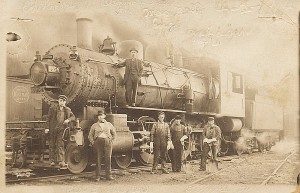
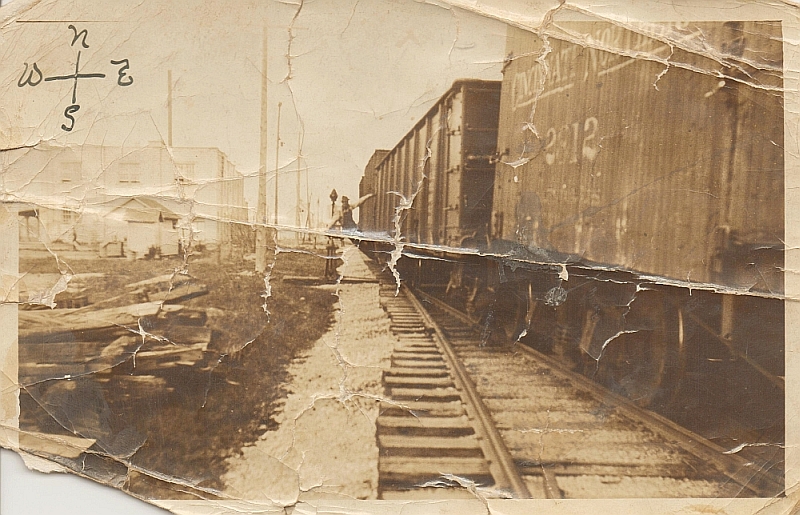
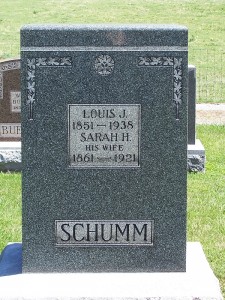
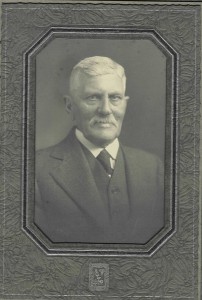
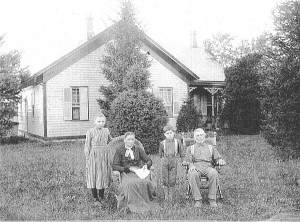
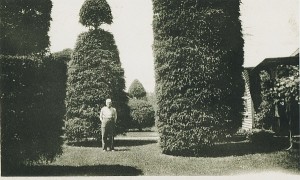
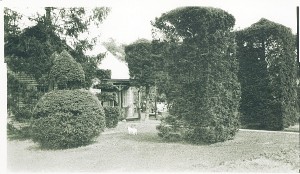

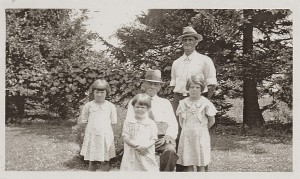
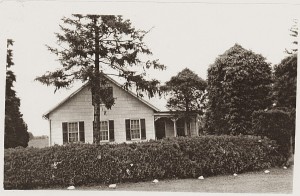
 It’s about time–time for the
It’s about time–time for the 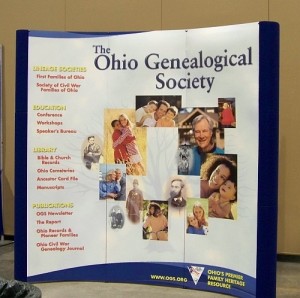
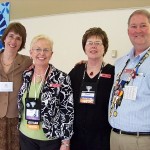
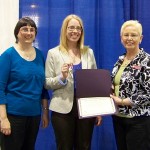
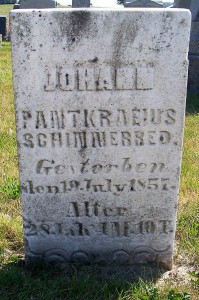
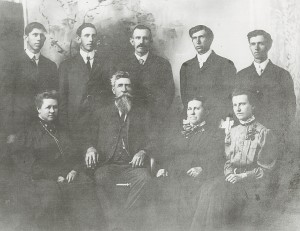

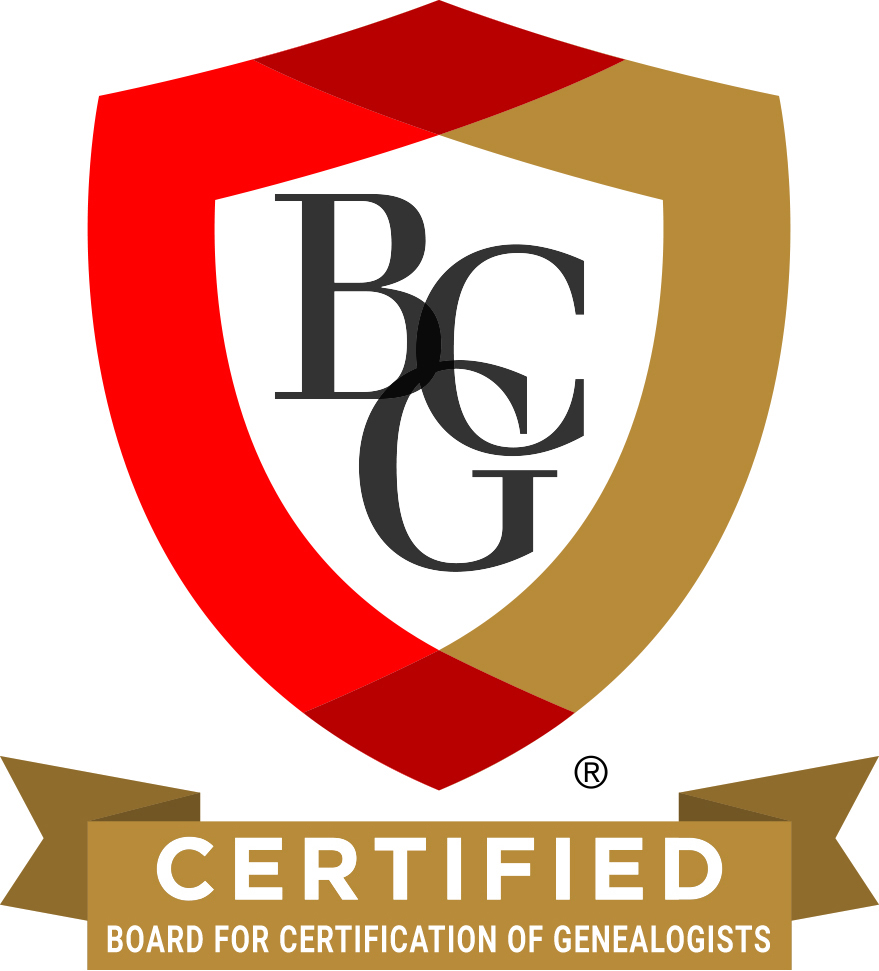
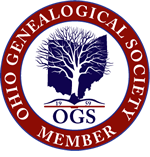

I don't have any information about that event, but what names are you looking for? There may be an account…
As far as I know Gertrude was his only child.
Did Johannes have any children besides Gertrude?
I got a photo of van wert men mustered to leave for ww1 aug 5 1917. Wondering if you have…
Unusual names for sure. I wish I knew why he picked those names. Liking geography is a good possibility. Thanks…